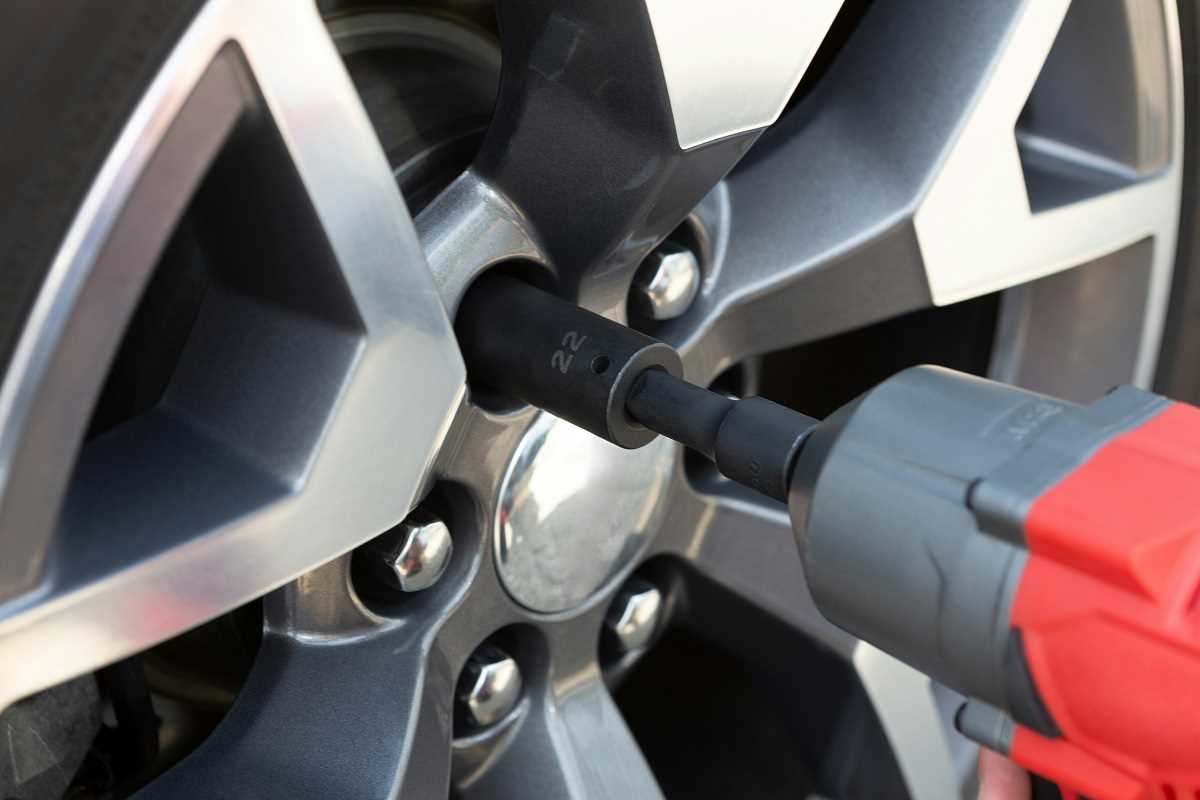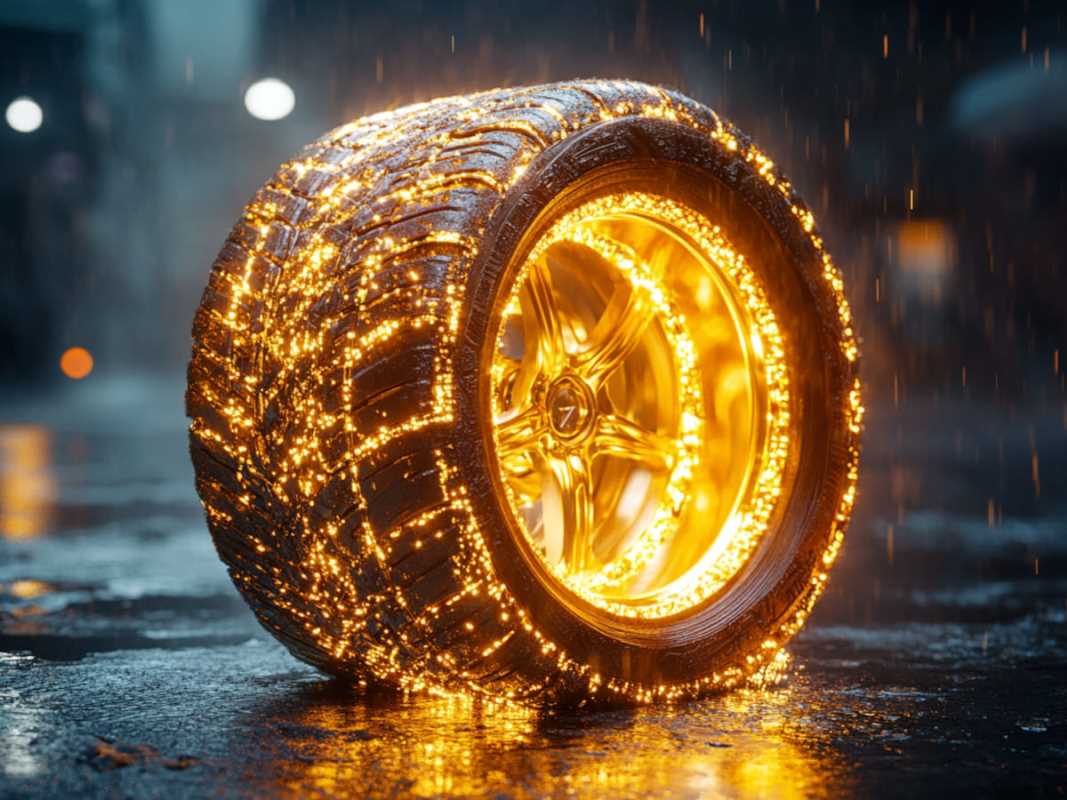Engine oil is the unsung hero of your vehicle's complex mechanical symphony. It lubricates, cleans, cools, and protects the intricate metal components that would otherwise grind themselves into expensive metal shavings. Yet despite its critical importance, oil changes remain one of the most procrastinated maintenance tasks in automotive care.
I've been driving since the days when we changed oil every 3,000 miles without question, back when Nirvana was still touring and phone calls required actual phones. Those days are gone. Modern synthetic oils and improved engine designs have extended change intervals to 5,000, 7,500, or even 10,000 miles depending on your vehicle and driving conditions.
The Warning Signs You Shouldn't Ignore
The oil change indicator light might seem like the most obvious sign, but it's actually more like a last resort warning. Modern vehicles monitor engine run time, temperature cycles, and even calculate oil degradation based on your driving habits. When this light illuminates, your oil is already well past its prime. Don't treat this as a suggestion, it's more like your engine sending a formal written notice that it's suffering.
Unusual engine noise, particularly a ticking or clicking sound, often signals oil problems. Proper lubrication keeps engine components operating in near silence. When you start hearing these metallic protests, especially when the engine is first started, your oil may be too thin, too dirty, or too low to properly coat vital components. This noise is literally the sound of your engine components wearing against each other without proper protection.
Dark, dirty oil on the dipstick tells a story no computer sensor can. Fresh oil has an amber, translucent appearance, like honey or light maple syrup. As it ages, it darkens from collecting carbon and engine debris until it becomes opaque and black. While some darkening is normal even with relatively fresh oil, if it's so dark you can't see the dipstick through it, or if it has a gritty texture when rubbed between your fingers, it's well past its useful life.
Exhaust smoke with a bluish tint suggests oil is burning in the combustion chamber. This could indicate that old, thin oil is seeping past worn seals or that oil levels are too high. Either way, it's a clear sign your oil situation needs immediate attention. This blue smoke is particularly noticeable on startup or during acceleration.
The smell of burning oil is unmistakable once you've encountered it. That acrid, hot chemical scent often means oil is leaking onto hot engine components and burning off. While this could indicate a gasket problem, it might also mean your oil has degraded to the point where it's escaping past seals that normally contain it. Either way, checking your oil condition is the first diagnostic step.
Performance Issues That Signal Oil Problems
Decreased fuel economy often accompanies aging oil. When engine components aren't properly lubricated, they create more friction, requiring more energy (and thus more fuel) to maintain the same performance. Most drivers won't notice a 1-2 mpg decrease, but if you track your fuel economy, a consistent downward trend between oil changes is a warning flag worth heeding.
Warning lights beyond the oil indicator, particularly check engine lights, can sometimes trace back to oil issues. Modern engine management systems monitor performance parameters that are affected by oil quality. While not every check engine light relates to oil, the connection happens frequently enough that checking your oil condition should be part of your initial response to any warning light.
The Physical Evidence That Doesn't Lie
Sludge buildup under the oil cap offers a window into your engine's condition without complicated diagnostics. Remove your oil cap and look at its underside. A small amount of residue is normal, but thick, mayonnaise-like deposits signal oil that's breaking down and potentially mixing with coolant or excess moisture. This inspection takes seconds but can reveal serious problems before they progress.
Oil level drops between changes require investigation. Some oil consumption is normal in modern engines, manufacturers often consider up to one quart per 1,000 miles acceptable (which is crazy by old standards, but I digress). However, if you're adding oil frequently, either your oil is degrading and burning off, or you have leaks. Either way, a complete oil change might be needed rather than just topping off.
Excessive tailpipe emissions during an inspection test occasionally trace back to oil condition. Oil that seeps into combustion chambers not only burns (creating blue smoke) but also affects emissions profiles. Before spending money chasing catalytic converter issues, ensure your oil is in good condition.
Beyond the Usual Suspects
- Check your owner's manual for severe service guidelines, which apply to more drivers than you'd think
- Consider shortened oil change intervals if you regularly drive short trips (under 10 miles)
- Look for small metal particles or glitter in used oil, a sign of accelerated engine wear
- Pay attention to oil pressure warning lights, which may indicate critically low oil levels
- Note any correlation between temperature extremes and engine performance changes
- Track your actual oil consumption rate, increasing consumption often signals degradation
- Watch for oil leaks on your driveway, which may indicate seals failing due to poor oil quality
The reality about oil changes is that they're the cheapest insurance policy available for your engine. Even using premium synthetic oil and a top-quality filter, you're looking at maybe $75-100 for a DIY change, or perhaps double that at a good shop. Compare that to the $4,000+ cost of an engine replacement, and suddenly those "unnecessary" oil changes start looking like a bargain.
Modern vehicles have made maintenance seem optional with their extended service intervals and complex monitoring systems. But under that sleek engine cover, metal is still meeting metal at extreme temperatures and pressures. Oil is still breaking down, still collecting contaminants, still degrading with heat cycles and time.
Your vehicle might be able to calculate the optimal moment for an oil change based on your driving habits, but it can't force you to pull into the service bay. That part's on you. And if you're seeing any of these warning signs, your engine is already asking nicely. Don't make it beg.
 (Image source: Midjourney)
(Image source: Midjourney) 
.jpg)




